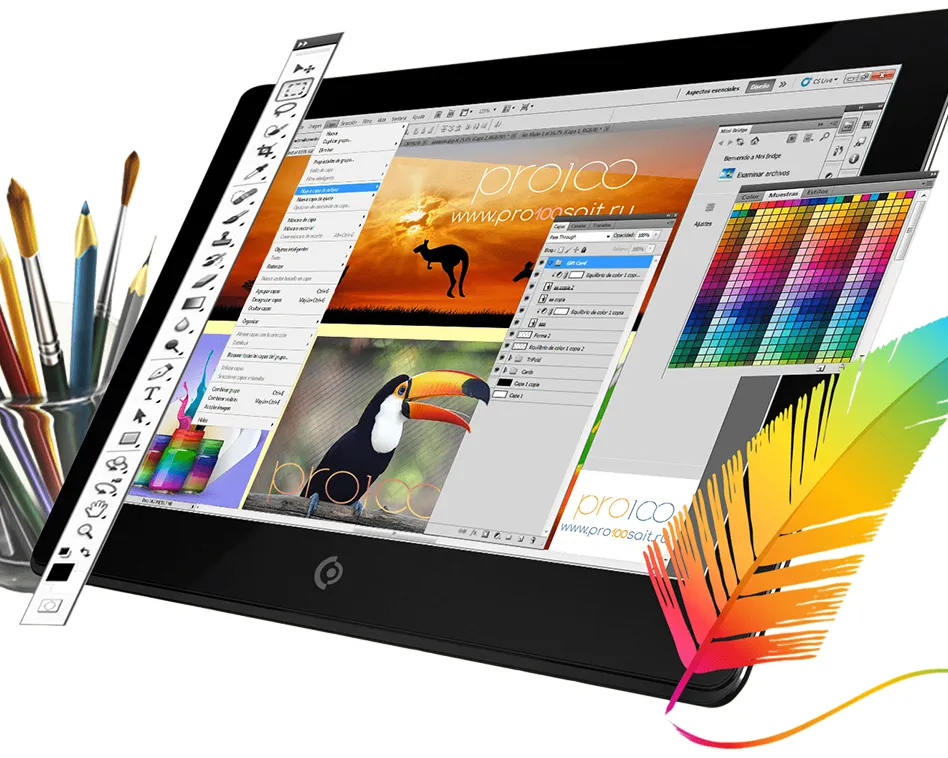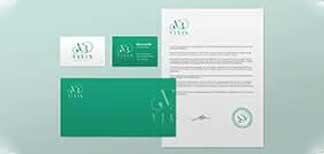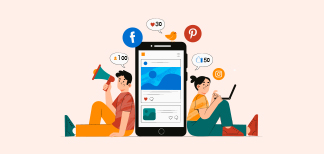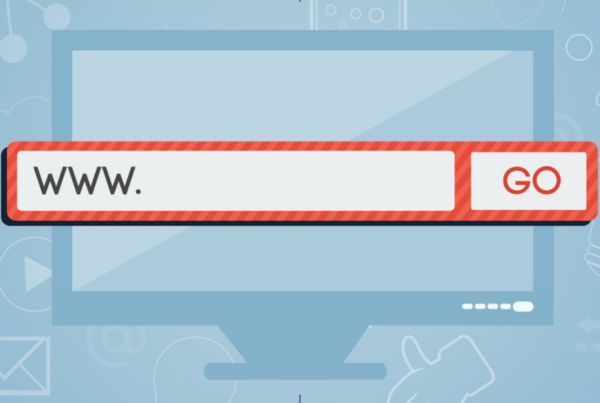
Introduction;
Professional designers appreciate the value and significance of a good logo design, whether it’s for a small start-up or a prominent corporation. Logo symbolizes your brand, narrates your story, and represents brand image in the global market. As a logical consequence, a poorly constructed logo design can negatively affect the overall performance and potential growth of the company it illustrates. When it comes to producing exceptionally concise and professionally effective logo designs, even the most acclaimed designers in the market experience difficulty. Creative designers fully comprehend the significance and relevancy of a distinctive and compelling logo emblem in a corporation’s brand image.
A robust and pragmatic logo must be aesthetically enticing, but the job isn’t done yet; it should also successfully reflect the company’s attitude, approach, ideology, and foundational narrative. Sometimes, a simple or not very complicated logo design layout might take a very long time to accomplish. Matter of fact, a successful and professional design necessitates a great deal of effort and perseverance.
The Relevance & Implication of a Good Logo Design in Brand Recognition;
Visual content and graphics is undoubtedly among the most crucial factors you give importance to as an entrepreneur since the survival and growth of an internet business store is heavily reliant on it.
A few pointers are provided below to assist you in embracing why exactly having a pertinent logo design is fundamentally vital for a growing business;
Professional Competence;
Whenever it comes to delivering a solution to your customer base with preconceived notions, the initial impression is perhaps the most influential and evocative emotionally. As a result, a graphic layout that appears cheap, sloppy, or arduous will prompt prospective customers to believe that your firm is not able to hire a professional graphic designer.
Corporate Unification in your Enterprise;
A company’s brand persona must be designed from the ground up. Website, blogs, newsletters, ad campaigns, printed materials, and other items should all complement the aesthetic design image you would want to reflect your business.
Proactive & Coherent Communication;
Graphics allow the development of imagery and other visual elements that portray your corporate brand’s perspective and conceptual frameworks. It is not restricted to just your logo design or webpage. A well-designed image may give your customer the essential message you would like and prefer communicated. As a result, employing professionally produced graphics will help you make a positive first impression.
Corporate Brand Awareness & Repute;
Your business’s unified insignia and general design structure enable it to stick out and connect with your core demographic in a professionally competent, appealing, and comprehensive sense. And just a smart and perfect logo design can accomplish and accommodate all of these goals.
Why do companies usually fail when it comes to creating the perfect logo design?
It’s almost meaningless and futile to have a logo design if it’s complicated to grasp or understand — provided your main demographic appreciates puzzles or crosswords. Then again, a tag should express a company’s narrative that is vibrant, non-patronizing, and intuitive.
A successful logo design, in addition to requiring a high level of inventiveness, also necessitates an awareness of how to convey a concept combining images and hues, implying that a certain level of conceptual understanding is necessary while producing a logo design.
Taking that into consideration, now let us take a glance at some of the most typical logo designing screw-ups that numerous enterprises commit and the reasons they don’t perform as required;
- Adopting Relevant Styles and Patterns;
In the graphic design industry, even if it’s online, or simply the aesthetic sense, preferences are changing constantly. Obtaining a logo design is similar to purchasing a high-end designer outfit. It’s a protracted asset that should pay off. It’s essential to note how the brand seeks to be portrayed. However, it’s far more important to grasp what its consumers and shoppers desire.
- Being too Literal;
Logo design should not be explanatory illustrations or charts. Logos that are memorable typically hint at a concept, but certainly do not depict it literally. Aim to grasp a company’s core essence. It’s crucial to be unique while also keeping it concise, employing color combinations and fonts wisely, and minimizing stock photos. Ironically, they’re accessible to anyone.
- Violation & Breach of Copyrights;
Copyright and trademark infringement are rampant on the net, from concepts and graphic designs to multimedia and copyrighted material. The planner’s incapacity and reluctance to investigate and produce a distinctive prototype is one of the most typical justifications we hear from graphic designing agencies. Several of the client-created trade names etc. are brazenly plagiarized or cloned from other enterprises. A competent and committed design expert will acknowledge that deliberately reusing somebody else’s creativity is unethical. And sitting on your hands in the idea of getting away with it isn’t the smartest tactic.
- Inappropriate Utilization of Typography (Fonts);
Mostly, as graphic artist, you might gain benefits by stabilizing your excitement while working with diverse font types. After all, a poor font combination might appear ridiculous, and choosing one that isn’t right for the brand identity can be catastrophic.
Consider the following factors while selecting a typographic style;
- Who are you creating for, what do they do, how professional should you be, and what is the primary point you want to transmit?
- How can you make the most of negative space to achieve exceptional results?
- What effect will the typeface have on the design aesthetic?
- Over Simplistic Approach: trying to keep it less complex while logo designing;
It’s enticing to develop a logo design that accurately displays your expertise, but if the logo design becomes too complicated, your innovative design may fail spectacularly. It may not be appropriate for all application areas, including web and print, since it risks losing specifics when downscaled. For a variety of reasons, minimalism and keeping it simple is essential, together with;
- Immediate response & influence: You would like the customer to be able to quickly perceive what the logo design is communicating.
- Higher recognition & recall value: Users are more inclined to remember and retain a logo design that they can fully comprehend promptly.
- Effortless & convenient to reconstruct: It must be replicated and ready for implementation in just about any scale or size and for any media format without compromising its overall impact and appeal.
Exceptional logo designs are prevalently about what’s left over after you’ve eliminated all other non-essential attributes and components from the layout. Simplicity and purity do not have to be constrained or limited. At the same time, it’s a good idea to make sure that all of the features function well together and that the typography and color combinations aren’t too overwhelming.
- It being a Cliché;
This anomaly or error is oddly similar to copyright infringement or theft, with the exception that it does not result in proper legal action. The desire to avoid trying new things and not distinguish yourself from the majority is a misjudgment or a tactical error. Matter of fact, would a consumer end up choosing you over countless other companies providing identical services?
Conclusion;
Your clientele tends to associate your products and services with your distinctive logo design. Credible logo designs serve as notable enticement material for a business, encouraging your loyal customers to recognize your offerings. When it comes to authentic and effective brand marketing, the appropriate logo is a must-have element. Designing seems to be subjective past a certain point. Nevertheless, conducting your homework and determining who your logo is aimed towards renders it otherwise. If you know precisely what your consumer wants, there’s a decent possibility you’ll get it absolutely correct, something which, in turn, contributes to a pleased, loyal customer, consumer-friendly marketing and a significant client base for you as a designer or entrepreneur.














Recent Comments